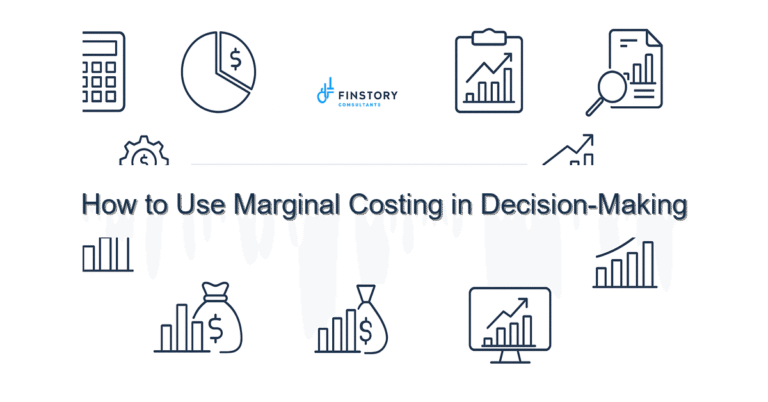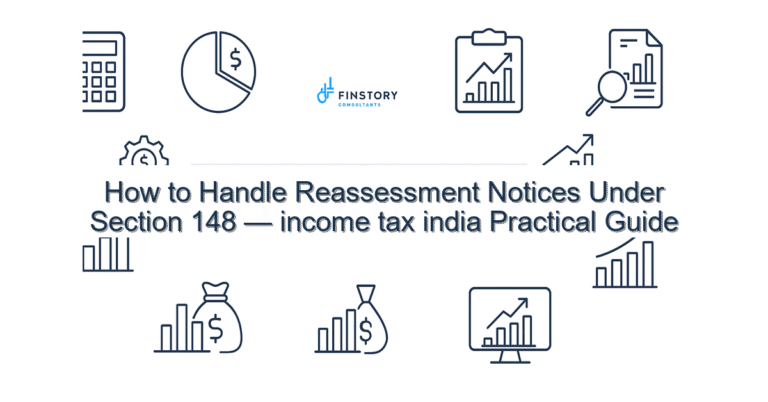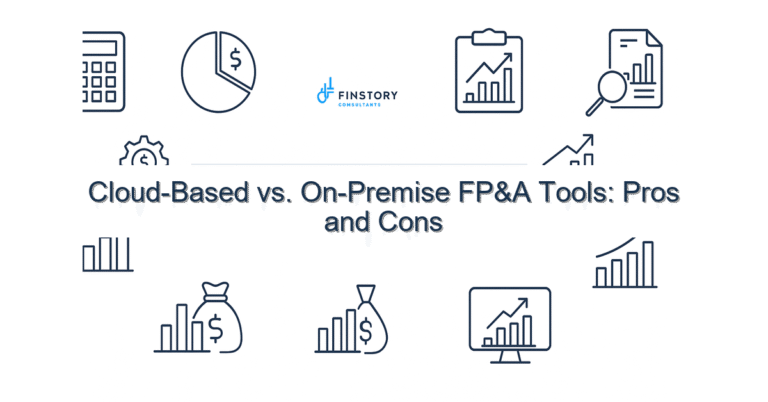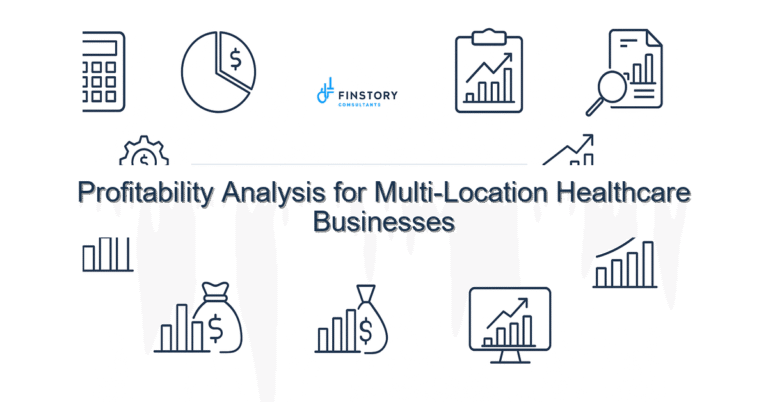The Importance of Customer Acquisition Cost in FP&A
Ever feel like your business is pouring money into marketing… but you’re not quite sure if it’s paying off?
That’s where Customer Acquisition Cost (CAC) comes in. It’s one of the most powerful numbers in Financial Planning & Analysis (FP&A) because it tells you exactly how much it costs to win each new customer—and whether your growth is sustainable.
Let’s dig into why CAC matters, how to calculate it, and how it can transform your business decisions.
What is Customer Acquisition Cost (CAC)?
CAC measures how much you spend on sales and marketing to get one new customer.
Here’s the basic formula:
CAC = Total Sales & Marketing Costs ÷ Number of New Customers Acquired
For example, if you spend $50,000 on ads, salaries, and marketing tools in a month and acquire 500 new customers, your CAC is:
$50,000 ÷ 500 = $100 per customer
But CAC alone doesn’t tell the full story. The real power comes from comparing CAC to Customer Lifetime Value (CLV)—how much revenue you expect each customer to bring over the time they stay with you.
Real-World Example: The Subscription Business
Consider Alex, who runs a subscription-based fitness app.
- Average monthly subscription = $20
- Average customer stays 12 months
- CLV = $20 × 12 = $240
If Alex’s CAC is $80, that’s fantastic—he spends $80 to make $240. But if CAC rises to $220, suddenly he’s barely making anything after covering other costs.
Tracking CAC alerted Alex to rising digital ad costs. By tweaking his targeting and testing organic marketing channels, he brought CAC back down to $90, saving his profit margins.
Why CAC Matters in FP&A
Knowing your CAC helps you:
✅ Set a realistic marketing budget — You’ll know how much you can afford to spend for each new customer.
✅ Avoid scaling losses — Growing sales doesn’t always mean growing profits if your CAC is too high.
✅ Optimize your sales strategy — See which channels bring in customers most efficiently.
✅ Plan cash flow — High upfront CAC can strain cash, especially in subscription businesses where revenue comes in over time.
Hypothetical Scenario: The E-commerce Brand
Imagine a skincare e-commerce brand.
- Spent $40,000 on marketing in a quarter
- Gained 1,000 new customers
Their CAC is $40.
But when they analyzed channels, they found:
- Social media ads: CAC $30
- Influencer campaigns: CAC $55
Knowing this, they shifted more budget toward social ads and reduced costs, improving overall profitability.
That’s the magic of CAC in FP&A—it lets you invest smarter, not just spend more.
Actionable Tips to Improve CAC
Want to reduce your CAC? Try these ideas:
- Refine targeting — Don’t advertise to everyone. Focus on high-intent customers.
- Improve your website — Faster load times, clearer messaging, and simpler checkout can boost conversions.
- Invest in referrals — Happy customers are the cheapest marketers you’ll ever find.
- Measure everything — Track CAC by channel so you can shift budgets to the best performers.
How a Virtual CFO Helps
Calculating CAC is one thing. Interpreting it and acting on it is where a Virtual CFO adds huge value. A Virtual CFO can help you:
✅ Analyze CAC trends over time
✅ Compare CAC to CLV for sustainable growth decisions
✅ Model different scenarios for marketing budgets
✅ Build dashboards to keep CAC visible and under control
Instead of guessing where your money goes, you’ll know exactly how much it costs to grow—and how to keep profits healthy.
Your Next Step
When was the last time you calculated your CAC—and compared it to CLV?
Pick one marketing channel this week and work out the real cost to acquire a customer. You might be surprised how much room there is to improve.
And if you’d rather skip the spreadsheets, consider bringing in a Virtual CFO. Because every dollar you save on acquisition costs is a dollar that goes straight to your bottom line—and your future growth.






